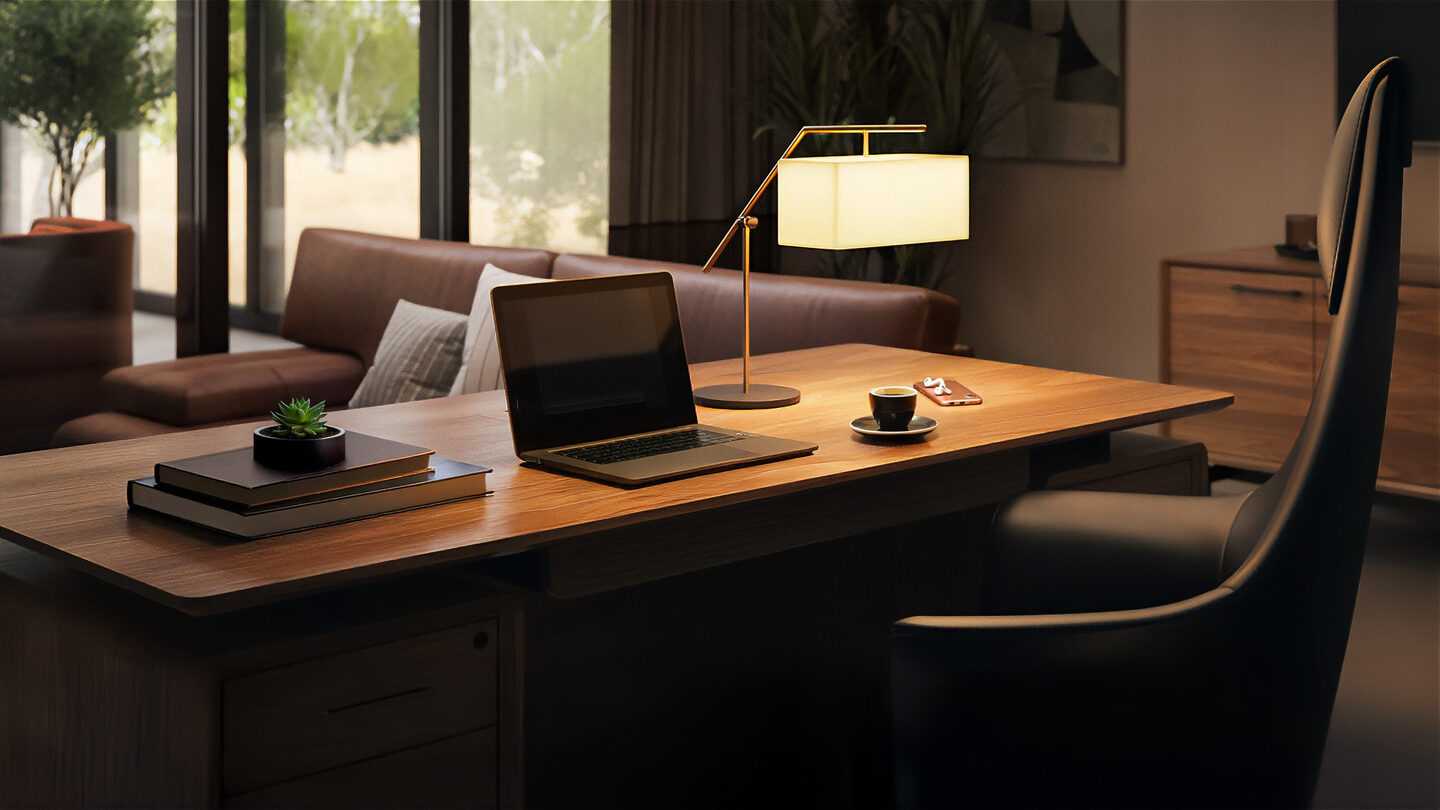Setting up or updating a workspace can be exciting, but choosing the wrong office furniture can lead to costly, uncomfortable, and inefficient results. Whether you’re furnishing a home office or a large company space, it’s important to make decisions that prioritize comfort, functionality, and long-term value. In this guide, we’ll highlight the five most common mistakes people make when buying office furniture — and how to avoid them.
Why Smart Office Furniture Choices Matter
Poorly chosen office furniture affects more than aesthetics:
-
It can cause posture problems and chronic pain
-
It reduces productivity due to discomfort and poor layouts
-
It leads to disorganization and wasted space
-
It results in higher long-term costs due to replacements
Avoiding common buying mistakes ensures you get a workspace that supports both efficiency and well-being.
Mistake #1: Ignoring Ergonomics
One of the biggest mistakes is selecting office furniture based solely on style or price, ignoring ergonomics. A stylish chair or trendy desk might look great, but without proper support, it leads to back pain, neck strain, and decreased productivity.
What to look for:
-
Chairs with adjustable lumbar support, seat height, and tilt
-
Desks that accommodate your natural sitting or standing posture
-
Sit-stand desk converters for flexibility
-
Proper monitor placement using stands or arms
Comfort should always come first when choosing office furniture.
Mistake #2: Forgetting to Measure Your Space
Many buyers underestimate how much room their office furniture will occupy. Ordering desks or storage cabinets without proper measurements can result in cramped, inefficient layouts.
Tips to avoid this mistake:
-
Measure your room dimensions before purchasing
-
Map out a floor plan with furniture placement
-
Allow for walking paths and door clearance
-
Choose modular or compact pieces for smaller areas
Accurate planning ensures your office remains functional and comfortable.
Mistake #3: Skipping Storage Solutions
An organized workspace increases productivity, yet buyers often focus solely on desks and chairs, neglecting essential storage. Piles of paperwork and cluttered desks lower focus and efficiency.
Essential storage items include:
-
Filing cabinets (vertical or lateral)
-
Bookshelves for manuals, resources, and décor
-
Mobile drawer pedestals for desk-side storage
-
Wall-mounted shelves to maximize vertical space
Prioritizing storage alongside other office furniture keeps your workspace clean and functional.
Mistake #4: Prioritizing Style Over Functionality
A sleek, modern office setup looks appealing, but if your office furniture isn’t practical, it quickly becomes a liability. Fragile chairs, desks without cable management, or shelves too small for essential files waste time and create frustration.
How to strike a balance:
-
Choose designs that offer both visual appeal and durable construction
-
Opt for chairs that are both stylish and adjustable
-
Select desks with integrated storage or cable ports
-
Use neutral colors with accent accessories for personality
Functionality should guide your buying decisions.
Mistake #5: Overlooking Employee Needs and Work Habits
If you’re furnishing a shared or corporate space, a one-size-fits-all approach won’t work. Different employees have different needs based on their tasks, body types, and work styles.
Smart furniture selection involves:
-
Offering adjustable chairs and sit-stand desks
-
Creating quiet, private zones for focused work
-
Designing collaborative areas with modular seating and tables
-
Involving employees in layout and furniture selection feedback
Tailoring office furniture to your team improves morale and productivity.
Bonus Tips for Buying the Right Office Furniture
-
Invest in durability: Buy the highest quality pieces your budget allows.
-
Choose easy-to-clean materials: Low-maintenance surfaces save time and effort.
-
Opt for multi-functional furniture: Items like storage ottomans or foldable tables are ideal for smaller spaces.
-
Consider eco-friendly options: Sustainable materials reduce your carbon footprint.
-
Plan for future growth: Modular systems can adapt to changing needs.
Avoiding common mistakes ensures your office furniture investment adds long-lasting value to your workspace.
FAQs About Buying Office Furniture
Q1: How important is ergonomics when choosing office furniture?
Extremely important — ergonomic office furniture prevents physical discomfort and posture problems while improving productivity.
Q2: What should I prioritize when furnishing a small office?
Focus on space-saving desks, compact storage units, and multi-use furniture. Avoid oversized or bulky items.
Q3: How do I create a balanced office layout?
Measure your space, allow clear pathways, and group similar tasks together. Mix private workstations with collaborative areas.
Q4: Is it better to buy modular office furniture?
Yes — modular office furniture is versatile, space-saving, and can be reconfigured as your office needs change.
Q5: How can I modernize my office without overspending?
Start by upgrading key pieces like your chair and desk. Add modular storage, minimal décor, and updated lighting.
Final Thoughts
Buying office furniture is more than just picking desks and chairs — it’s about creating a workspace that enhances comfort, organization, and productivity. By avoiding these five common mistakes, you’ll invest in pieces that support employee wellness and efficient workflows while giving your office a polished, professional appearance. Always prioritize ergonomics, measure your space, plan for storage, and consider your team’s work habits when selecting office furniture.
